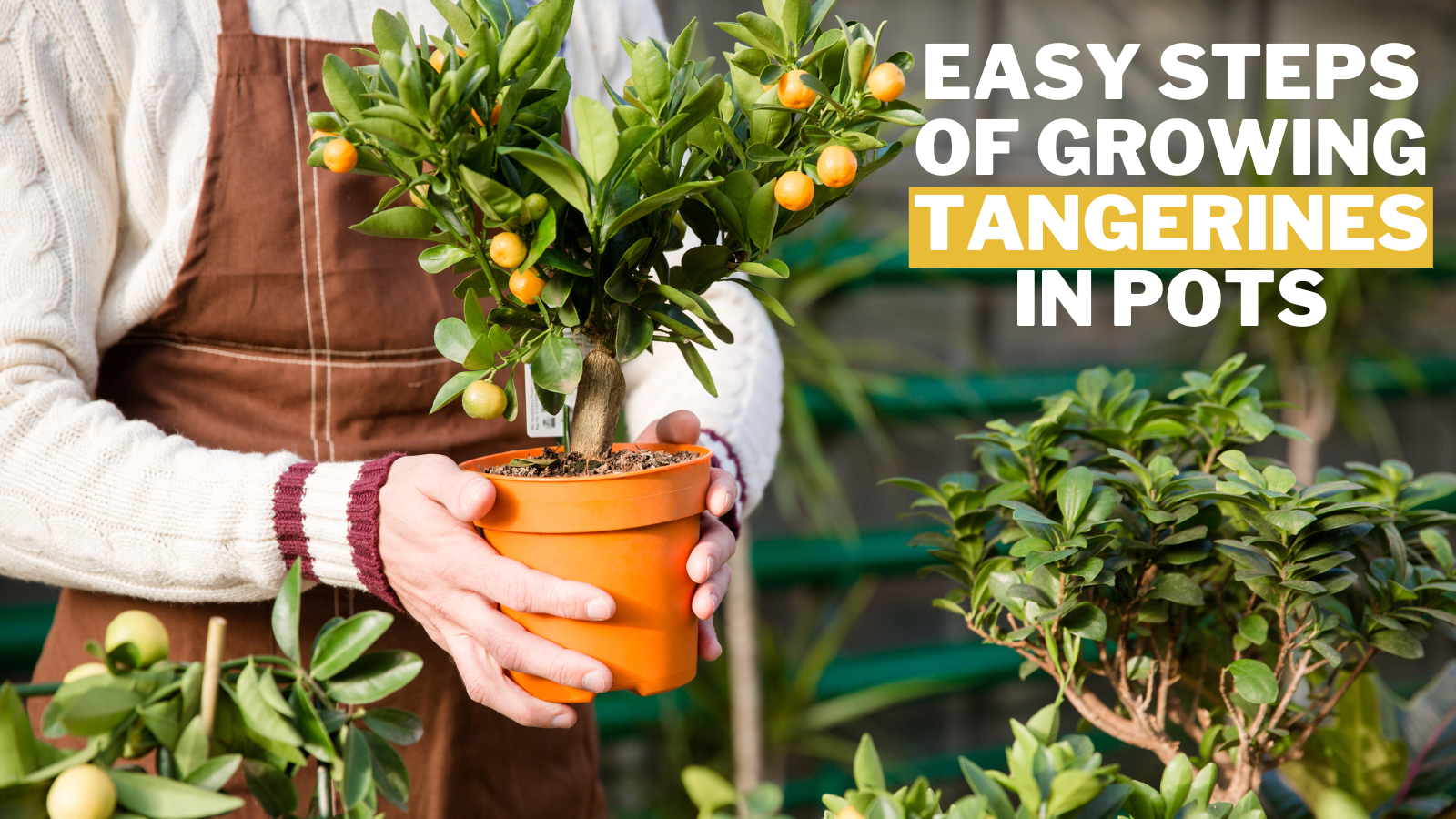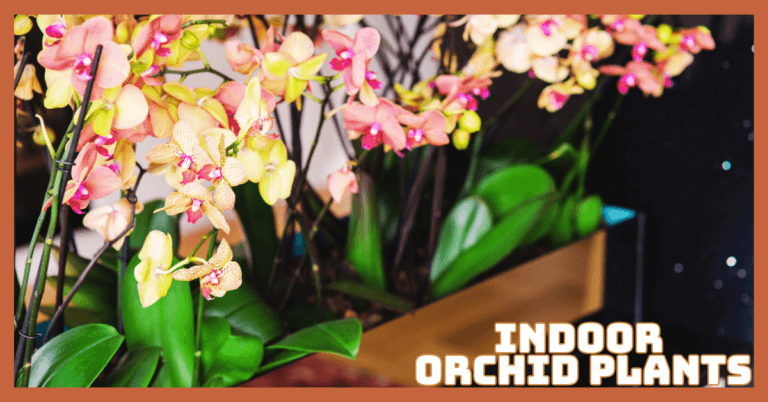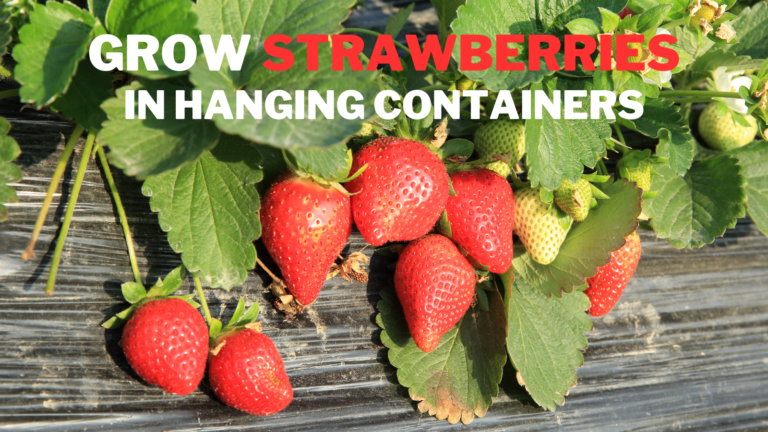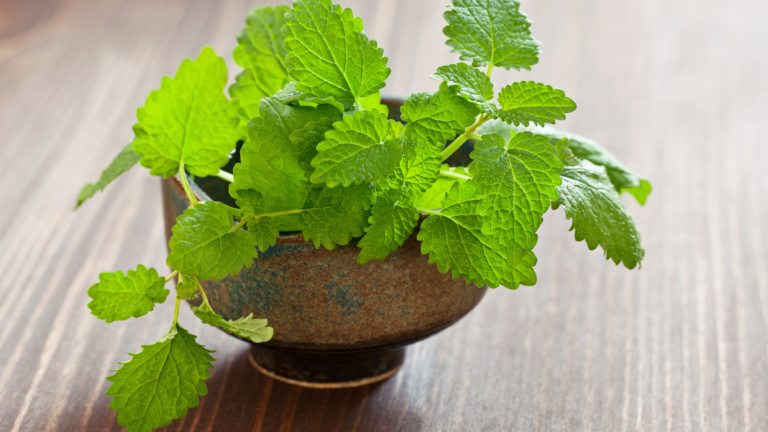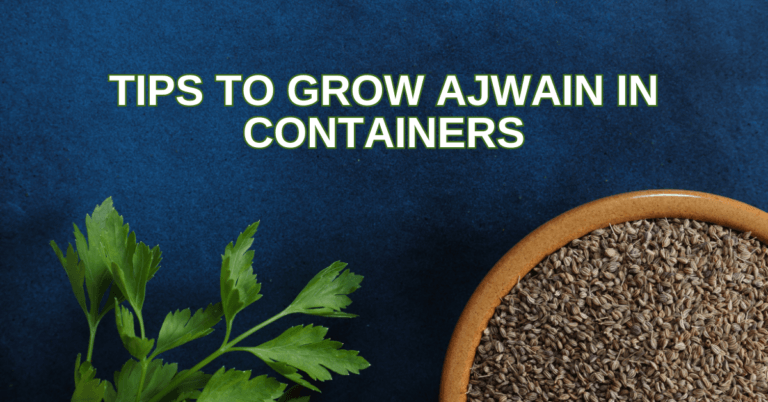Easy Steps Of Growing Tangerines In Pots
Easy Steps Of Growing Tangerines In Pots
Mandarin orange trees (Citrus tangerina) are a species of tangerine tree (Citrus reticulata). They're a tasty treat because of their loose peel, which can easily be torn away from the fruit and the sweet segments.
The ‘Clementine' is the most well-known species in the United States, and it is widely accessible in supermarkets.
This article is for gardeners interested in Growing Tangerines in pots or caring for a tangerine tree they already own.
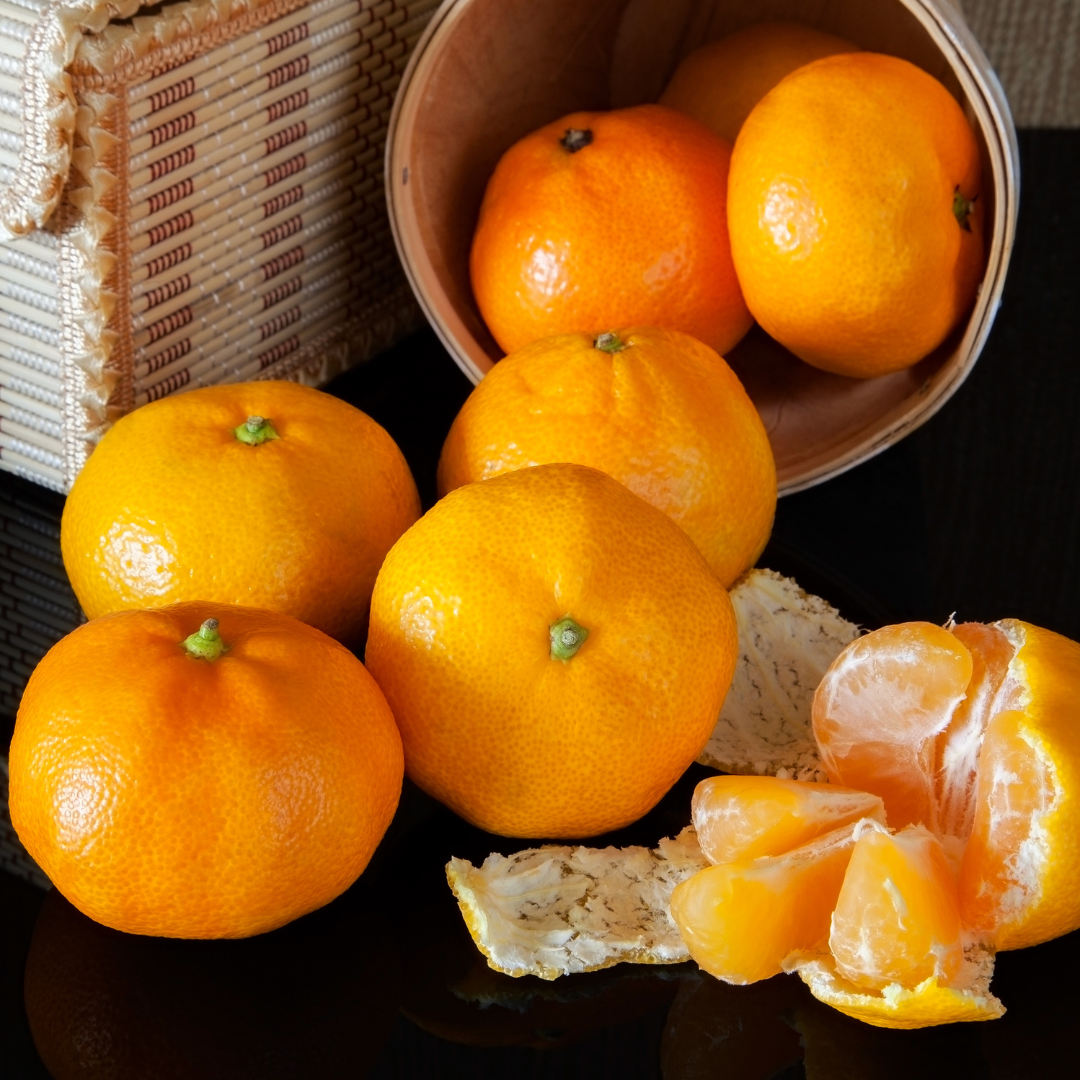
History Of Tangerines
This fruit tree is considered to have originated in India's northeastern region, China, or Japan. Like many other citrus fruits, they travelled the Silk Road in trade.
Then they were exchanged in North Africa before being sent out of Tangiers, Morocco's harbour. In truth, the city of Tangiers inspired its name.
The tangerine tree arrived in the United States in the mid-nineteenth century. An Italian official delivered it and planted it in the consulate's garden in New Orleans.
The tree was later shipped to Florida, where it became one of the state's most important citrus crops.
Nutrition Facts Of Tangerines
One small-sized tangerine (76g) provides:
- Calories: 40
- Fat: 0.2g
- Sodium: 1.5 mg
- Carbohydrates: 10.1 g
- Fibre: 1.3 g
- Sugars: 8
- Protein: 0.6 g
- Vitamin C: 26.7 mg
Note: Resources from Food Data Central. U.S Department of Agriculture.
Tangerine Tree Varieties
Tangerine trees, which thrive in USDA plant hardiness zones 8b to 11, are one of the most cold-hardy citrus trees, though they require some protection when temperatures drop below freezing.
They flourish in full sun in various soil types and pH levels as long as they have enough drainage. It's only a matter of personal preference when choosing a tree for your backyard orchard, and if you like tangerines, any of them will do.
I hope the sharing varieties will help you for growing tangerines in pots.
1. Murcott Tangerine
The “Murcott” (Citrus tangerina “Murcott”) is a tangerine-sweet orange hybrid also known as the “Honey Tangerine.”
It produces medium-sized fruit in clusters at the ends of its willow-like branches and grows rather quickly.
The smooth-textured fruit has numerous seeds and ranges in colour from reddish-orange to yellow.
The fruit is ready to pluck from mid-winter to early spring, the last of all tangerine kinds to ripen. It's sensitive to the Alternaria fungus and citrus scab, just like the “Dancy” variety.
2. Sunburst Tangerine
Sunburst tangerine has dark green foliage and is an evergreen cultivar. It has a spreading form and is erect and relatively vigorous.
This tree is for you if you want to collect tangerines during the holiday season. Sunburst tangerines are juicy, sweet, medium-sized fruits that are easy to peel and emit a pleasant scent.
3. Dancy Tangerine
Dancy is a tangerine tree variety that produces medium-sized, pear-shaped fruit with orange flesh that is rich red-orange in hue.
Dancy tangerines produce six to twenty seeds and struggle to stay on the tree when fully ripe since the rind peels readily. To avoid damage to the fruit, clip dancy tangerines during harvest.
According to the AgriLife Extension, the harvest season spans from December to January. According to the University of Florida IFAS Extension, Dancy tangerine trees are tall, erect trees that produce alternating crops—a large harvest of little fruit followed by a small crop of large fruit.
4. Tangor Tangerine
One of the most recent members of the family is the Tango tangerine. It was created to produce a Clementine fruit that was somewhat larger, juicy, and easier to grow.
The Tango tree will provide some of the tastiest, juiciest tangerines you've ever tasted and improve your home's curb appeal.
These trees are incredibly beautiful and suited for all landscapes, with glossy leaves and a great shape.
5. Fallglo Tangerine
The modest stature and light green foliage of the Fallglo Tangerine distinguish it. These trees are thornless, straight, somewhat vigorous, and moderately cold-hardy.
Fallglo Tangerine tree fruit is enormous, ranging from 2 to 4 inches in diameter. The fruit matures to a rich ruby colour and peels readily.
6. Wilking Tangerine
Kinnow tangerine and Wilking tangerine are closely related. The tree has long, broad, taper-pointed leaves that are somewhat vigorous.
It produces small to medium-sized, somewhat oblate fruits with a flattened base. The rind is a little fragile, but it peels off easily.
7. Page Tangerine
Consider planting a Page tangerine tree in your yard if you can't wait to get your hands on sweet and delicious tangerines since they can bear fruit as early as the first year of growing!
Furthermore, the tree is low-maintenance, and pruning is only necessary to control its growth. It has dark, glossy leaves and bears bright orange-red fruits.
8. Satsuma Tangerine
The Satsuma Tangerine is one of the most cold-hardy citrus trees, so if the weather in your area drops below freezing, this is an ideal citrus tree to grow.
These small to medium-sized trees produce fruits with a loose, leathery exterior and luscious flesh that are easy to peel.
9. Gold Nugget Tangerine
The Gold Nugget tangerine tree is a robust grower that produces medium-sized fruits with a distinctive flavour.
The fruit resembles oranges rather than tangerines. Remember that your Gold Nugget will only yield fruit every other year.
10. Chinese Honey Tangerine
Every second year, Chinese Honey tangerine trees produce fruit, but they are such heavy growers that you may need to prop the limbs to keep them from breaking under the weight of the fruit! The fruits are extremely sweet and almost orange-sized.
11. Pixie Tangerine
Pixie tangerine trees, like Page tangerine trees, can produce exquisite fruits in their first year of growth. It has dark green leathery foliage and combines Dancy and King.
If you want the juicy flavour of tangerines but not the sweet-tart taste, Pixie tangerine is the right choice. Another reason we like the pixie tangerine fruit is that it is seedless!
12. Algerian Tangerine
Clementine is a Mediterranean fruit with Algerian origins. The tree has a good rate of growth. It is, nonetheless, showy and ornamental.
The best aspect is that the fruit can remain on the tree for months after it has matured. The foliage is very lush and lovely, adding to the tree's appeal.
13. Encore Tangerine
Another particularly ornamental species is the encore tangerine tree. These trees produce exceptionally tasty, firm-fleshed fruits with a long hanging period and easy peeling.
While Encore tangerines are not commercially available, their tasty fruit and decorative appeal make them ideal garden tangerine suppliers.
14. Kinnow Tangerine
Kinnow tangerines are huge trees with dense foliage that can withstand frost. They yield medium-sized yellow-orange fruit.
The fruit is extremely juicy, flavorful, and seed-filled. It's also simple to peel. If you're considering growing this tangerine tree, remember that it has a high potential for alternate fruiting.
15. Kara Tangerine
The Kara tangerine tree is medium to big with a drooping, open habit. In alternate years, it produces abundant fruit with soft, rich, and delicious flesh. It has a distinct flavour and aroma. The tree is a hybrid between King and Owari Satsuma.
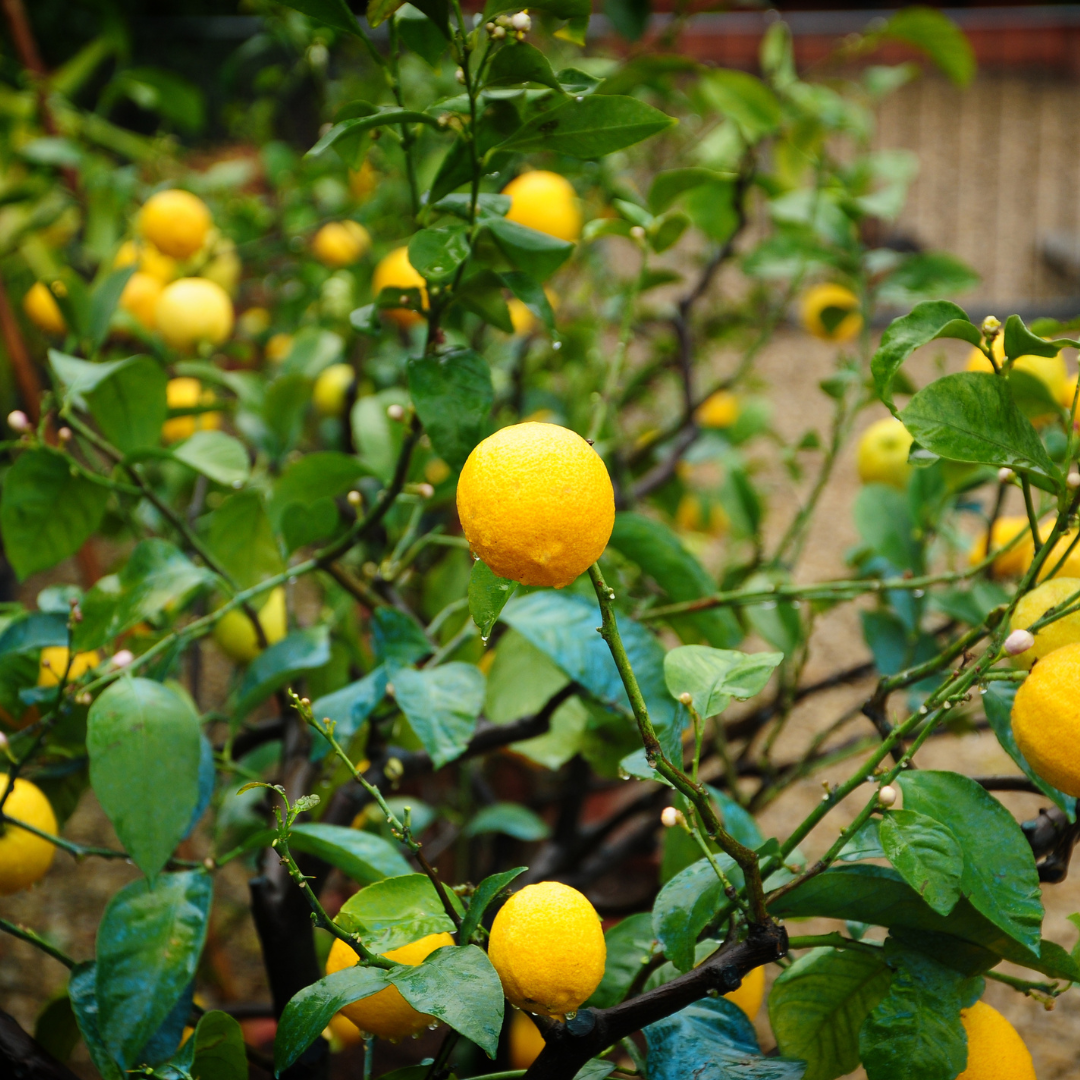
Growing Tangerines In Pots
Follow the steps to growing tangerines in pots, and enjoy the taste of Tangerines.
1. Zones For Planting
Tangerine trees flourish in zones 8b through 11 in general. These plants are colder resilient than many other citrus trees, but they rarely survive a harsh freeze and must be protected in the winter in frost-prone areas.
2. Choose A Perfect Container To Grow Tangerines
If you want to grow in a container, the first step is to choose the right one.
You'll need a container that allows the tree to grow and expand freely. Citrus trees don't mind being a little pot-restricted, but their roots require room to grow and extend.
Don't go crazy and buy the biggest pot in the store. It should be two to four inches bigger in diameter and depth than the nursery container. As it grows larger, you can re-pot it.
Standing water kills plants. Thus, the container needs drainage holes. Use a drill to make a few holes in the bottom of the container if it doesn't have any.
Place the tangerine plant in its nursery container at the same height as before (you might need to put some potting soil in the pot's base to raise it a bit).
3. Soil To Grow Tangerine Trees
Tangerine trees prefer soil with a neutral pH, so remove as much peat from around the root ball as possible.
The pH of most good potting soils is already neutral, and adding peat can push it into the acid range. Fill the area surrounding the roots with soil and place your tree in the pot.
4. Sunlight For Growing Tangerine Trees
Warm tropical and sub-tropical temperatures are ideal for tangerine trees. They require full sun to thrive but can also thrive in moderate shade. Fruits, on the other hand, require sunlight to grow.
A tangerine tree will not be able to produce many fruits if it does not receive enough sunlight. If you're growing the plant indoors, ensure it's in front of a sunny window.
Despite having a higher winter endurance than most citrus species, tangerine trees do not usually withstand freezing temperatures.
As a result, they will require protection during the winter. They are hardy in USDA hardiness zones 9 to 11 in the United States.
5. Watering Tangerine Trees
Tangerine trees require a lot of water initially to help them settle down. Gradually reduce the amount of water applied to the tree as it ages.
Overwatering causes the roots to drown and promotes illness, so while tangerines require a lot of water, don't overdo it.
Consistency in the amount of water you offer is important because varying quantities might cause the fruits to split.
The ideal method is to water the soil surrounding the tree and allow it to absorb the water before adding more. Watering once or twice a week is usually plenty.
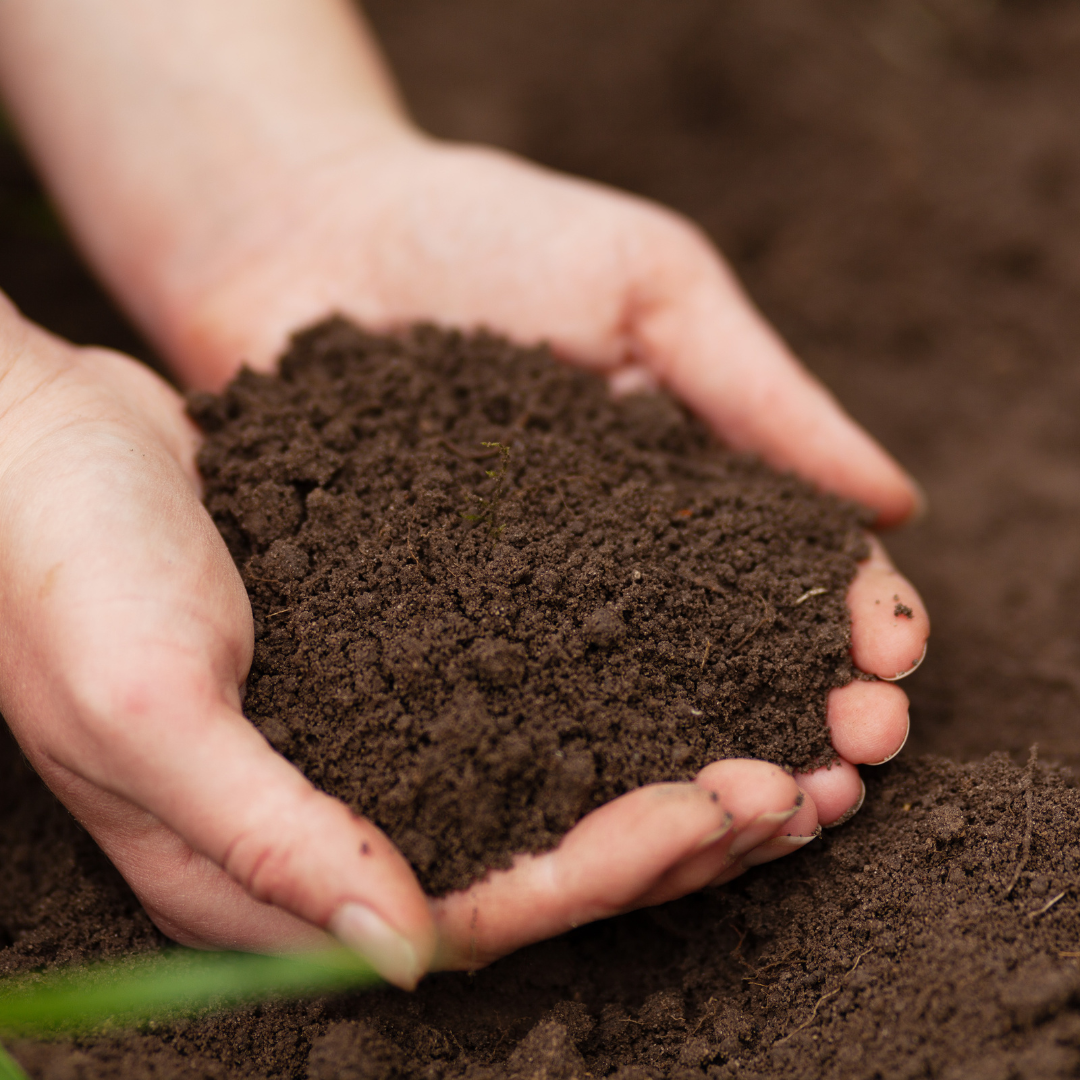
6. Fertilizer
Tangerine trees cultivated in containers and those planted in the ground require fertilization twice a year. The first application is made when new growth appears.
Citrus trees require a lot of zinc, nitrogen, and iron. Therefore, use a fertilizer intended for them. Always follow the instructions to avoid burning the plants. Some individuals feed trees in the ground using fertilizer spikes like those from Jobe's Organics.
7. Mulching
To keep your tangerine tree's base moist, apply a two- to three-inch layer of mulch. Keep the mulch away from the tree's trunk, but construct a one- to two-foot circle around it. Reapply the mulch each spring.
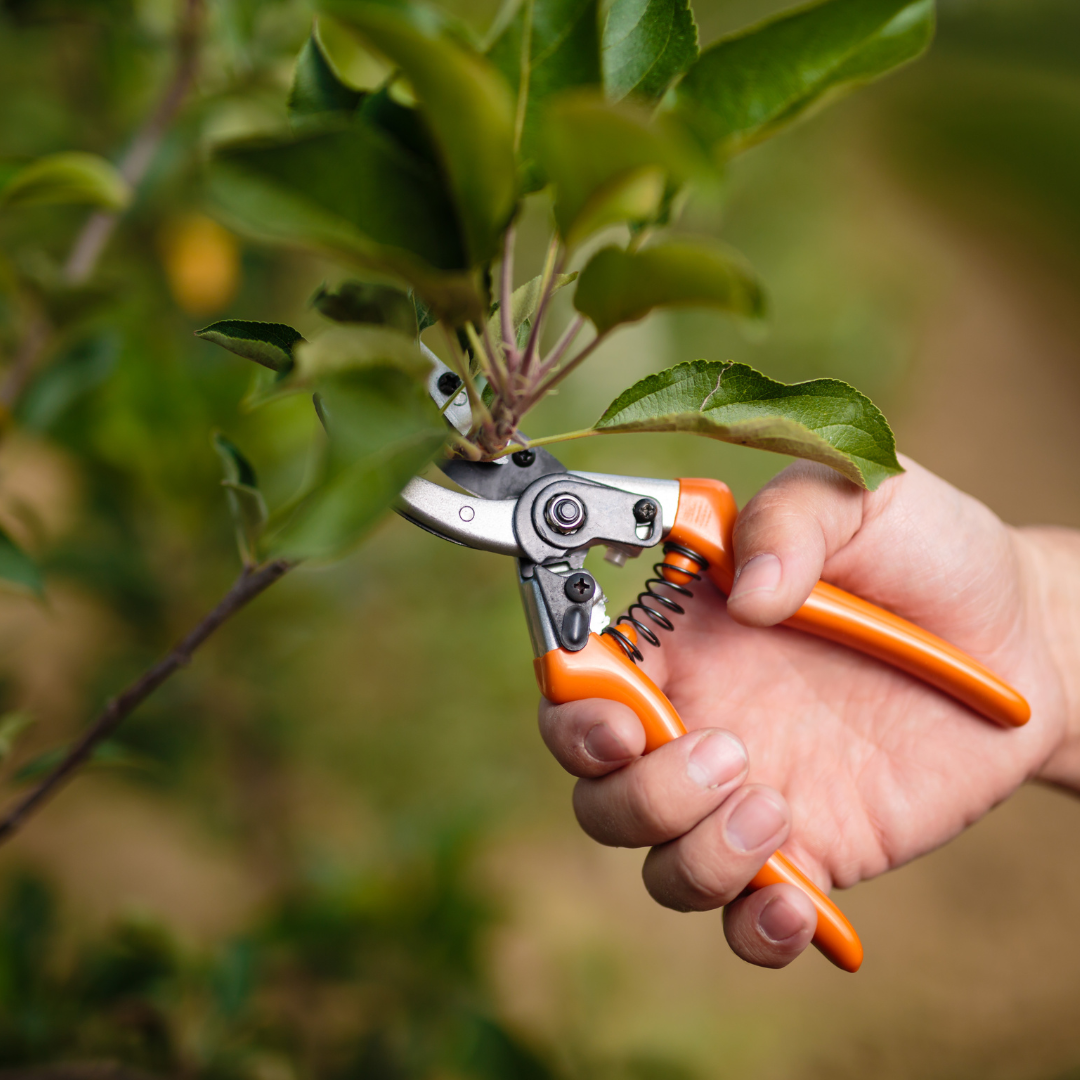
8. Pruning Of Tangerine Trees
Tangerine trees, unlike other fruit trees, do not require regular pruning. Pruning is only necessary when you observe damaged branches or fruit failing to set or grow properly.
Some tangerine trees produce too much fruit, resulting in drooping limbs. Pick the fruits as soon as the plants blossom and produce fruit.
Crossing branches, as well as dead or diseased branches, should always be pruned. Crossing branches are a problem because they rub against each other, causing small wounds through which bacteria can enter.
Pruning should be done in the early spring after the last frost has passed but before new growth emerges.
9. Humidity For Tangerine Trees
Artificial heat dries out the air in the winter. Therefore, plants will want additional humidity. In the winter, misting the foliage of Tangerine trees with a simple spray bottle is a fantastic approach to assist citrus in surviving in the interior environment.
You can use a humidifier or place them all on a pebble-filled tray with water added to the top of the stones to increase moisture.
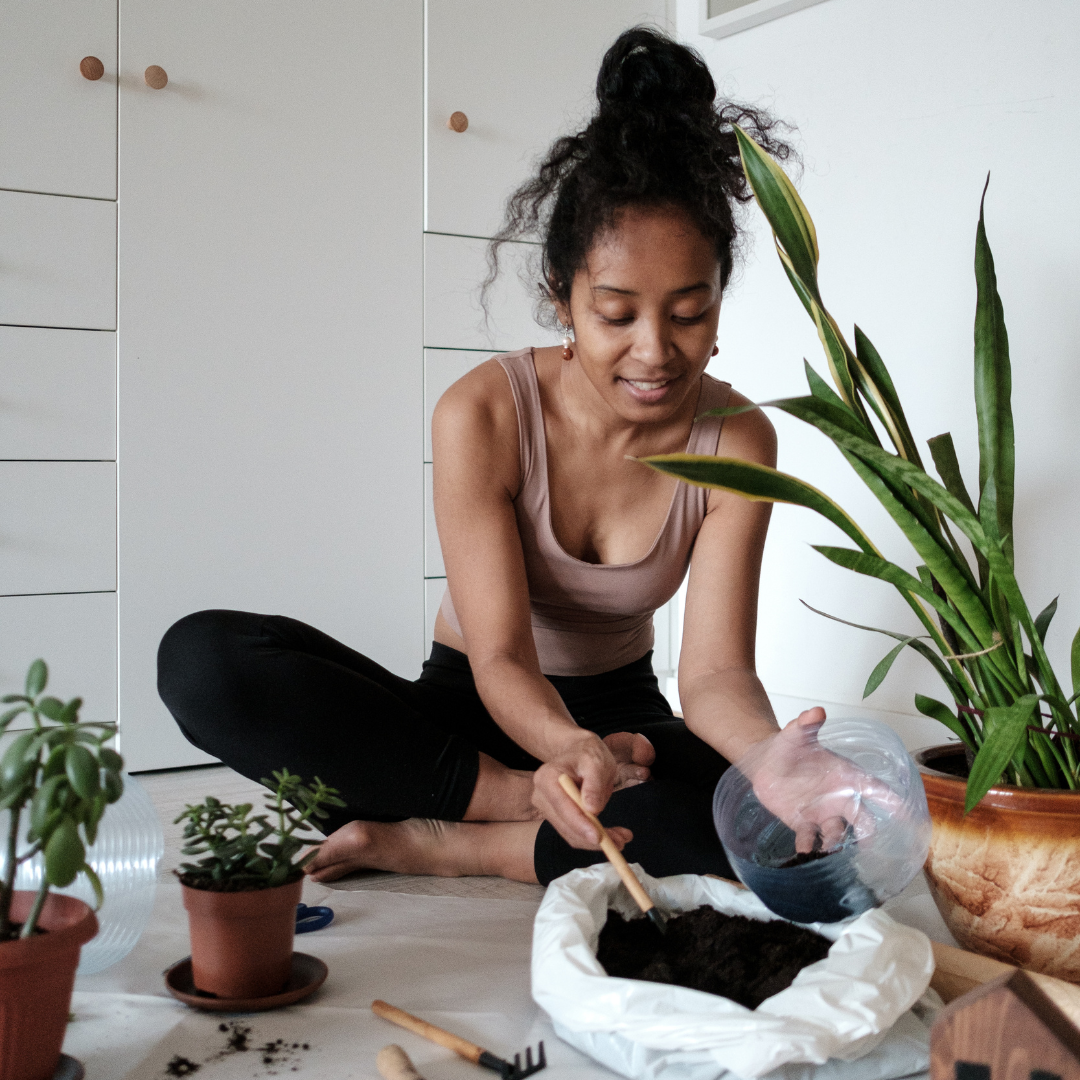
10. Repotting
As they mature, the trees must be re-potted every three to four years. When choosing a new pot, don't go overboard. Each time, increase the size one or two.
11. Propagating Tangerine Trees
While tangerine plants can be produced from seeds, in most situations, the trees that are developed this way do not produce fruit or produce less fruit.
Buying a one to two-year-old tangerine tree from a nursery is the best method to enjoy homegrown tangerines.
12. Harvesting Tangerines
Most tangerine trees are ready to pick in the winter and early spring, though this varies by region and tree variety.
The Honey tangerines aren't ready to pluck until January, but Fairchild tangerines are normally available by October.
The fruit will be a nice shade of orange and will begin to soften. Pick a few and taste them to see how juicy they are.
The fruit is ready to pick once it has become juicy and sweet. They are hard and lack juice when they are not fully ripe.
Tangerines that have just been picked will keep for about 2 weeks at room temperature or even longer. However, don't put them in plastic bags because the moisture can cause them to mould.
13. Pests & Diseases Of Tangerines
Tangerine trees are susceptible to a wide range of insects and illnesses. Here are a few of the more prevalent ones.
1. Citrus Leaf Miner
Thin, winding trails are left on the leaves by these bugs, and a bad infestation results in twisted or distorted leaves.
The adults are little moths that lay their eggs within the leaves. The larvae feed on the interiors of the leaves after hatching.
In most situations, these pests do not affect yields, but insecticides can be used in severe infestations. Remove any branches that the infection may have harmed.
2. Brown Rot
Water-soaked sores on the fruit can identify Brown rot. The lesions are leathery and range from tan to dark brown, with a strong odour. You might also see browning foliage, twigs, and flowers.
Keep the grass surrounding the trees mowed and use proper irrigation measures to avoid this. Remove any branches that may come into contact with the ground. If the fruits become infected, they may begin to fall off. To protect your trees, sprinkle a copper fungicide on the leaves.
3. Soft Scales
Honeydew, a sticky substance produced by these bugs, coats the leaves, increasing the danger of sooty mould. Soft scales stunt the tree's growth and vigour, causing its leaves and fruit to fall off.
You may notice black or brown flattened insects on the leaves, twigs, and branches. Even if most infections aren't dangerous, that doesn't imply you should ignore them. Controlling soft scales with horticultural oils is a viable option.
4. Citrus Canker
This is a bacterial infection that forms elevated lesions on the leaves, most commonly at the leaf margin.
Lesions on the twigs or fruit may be present, and a halo encircles most. If a citrus canker takes over your tree, it can result in significant fruit loss.
Unfortunately, there is no way to prevent the disease from spreading. Most experts advocate removing and destroying the tree to prevent it from spreading to other fruit trees. Copper sprays are said to help eliminate bacteria; it's worth a shot!
Conclusion
I hope you will obtain good results if you carefully follow all the methods for growing tangerines in pots. If you have any issues or questions, please leave a comment below.
I trust you enjoyed this article on the Easy Steps Of Growing Tangerines In Pots. Please stay tuned for more blog posts soon. Take care!
JeannetteZ
>>>Please click here to read my all-inclusive article about Container Gardening<<<
Are you interested in homegrown herbs and medicine? Please click here to find out more about it!
Your Opinion Is Important To Me
Thoughts? Ideas? Questions? I would love to hear from you. Please leave me your questions, experience, and remarks about this article on the Easy Steps Of Growing Tangerines In Pots in the comments section below. You can also reach me by email at Jeannette@Close-To-Nature.org.
Disclosure
This post may contain affiliate links. I earn from qualifying purchases as an Amazon Associate and other affiliate programs. Please read my full affiliate disclosure.
You might also enjoy these blog posts:
9 Steps To Growing Grapes In Pots
11 Easy Steps To Grow A Passion Fruit Tree
7 Easy Steps Of Growing Citrus Trees In Containers
9 Easy Steps Of Growing Peaches In Containers

